Why do machinists shift to form taps? It’s not just a trend, it’s math. Cold, quiet, invisible math that lives inside the numbers most people skip. Cost savings don’t shout, they hide in corners like downtime, scrap, or setup hours.
If you know where to look, switching from cut taps to form taps will seem a smart financial move. Let’s get straight to the point: how to calculate cost savings from that switch.
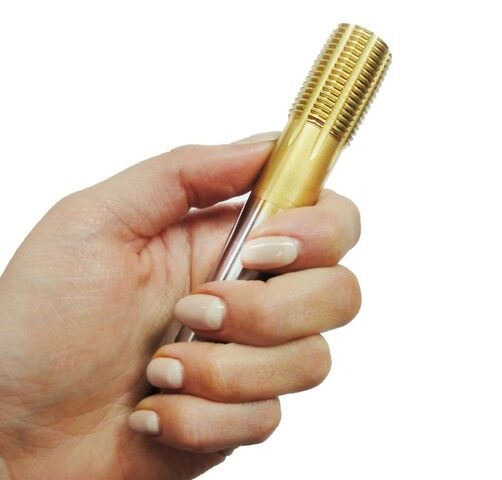
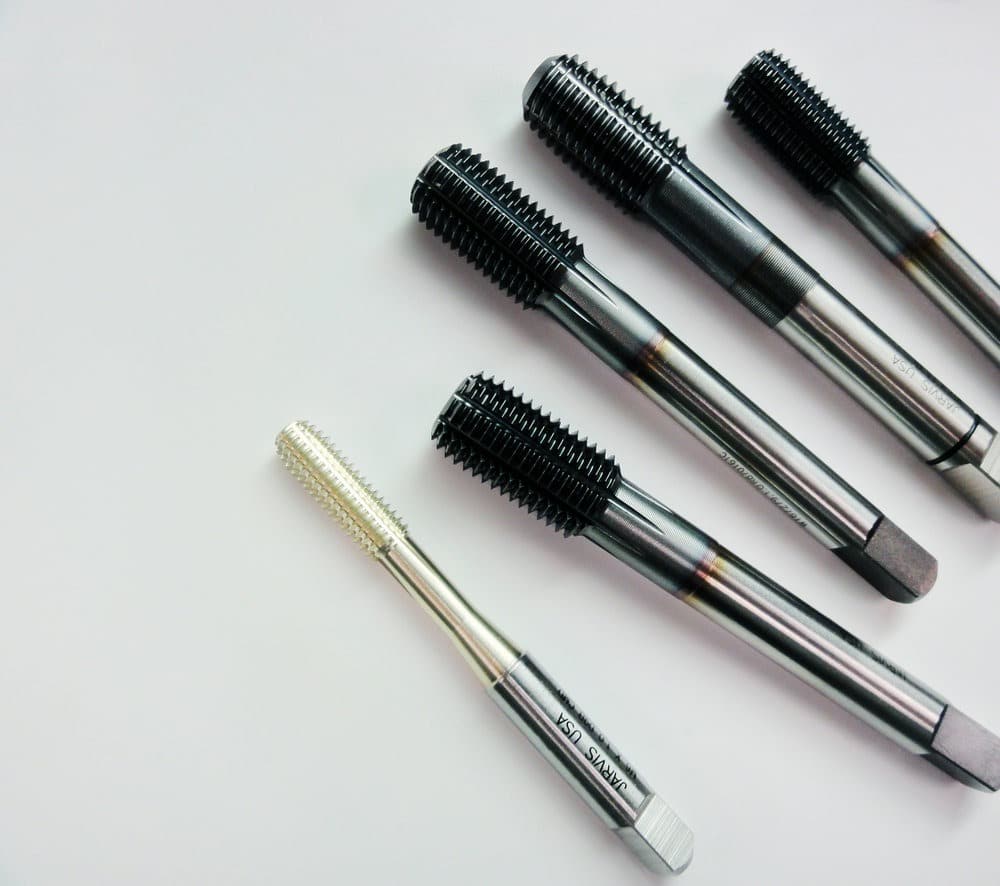
Start with total tool life instead of tool price.
Too many shops chase the cheapest tool on the quote. That’s short-term thinking. A tap that costs $50 but lasts 1,000 holes is cheaper than one that costs $25 but dies at 300.
What matters is the cost per hole.
Use a basic formula:
(Tool Price + Setup Cost + Replacement Time) ÷ Total Holes Cut
Now compare that for both tools. You’ll see that forming taps often come out ahead. Not because they’re magic. But because they just last longer. And stay consistent while doing so.
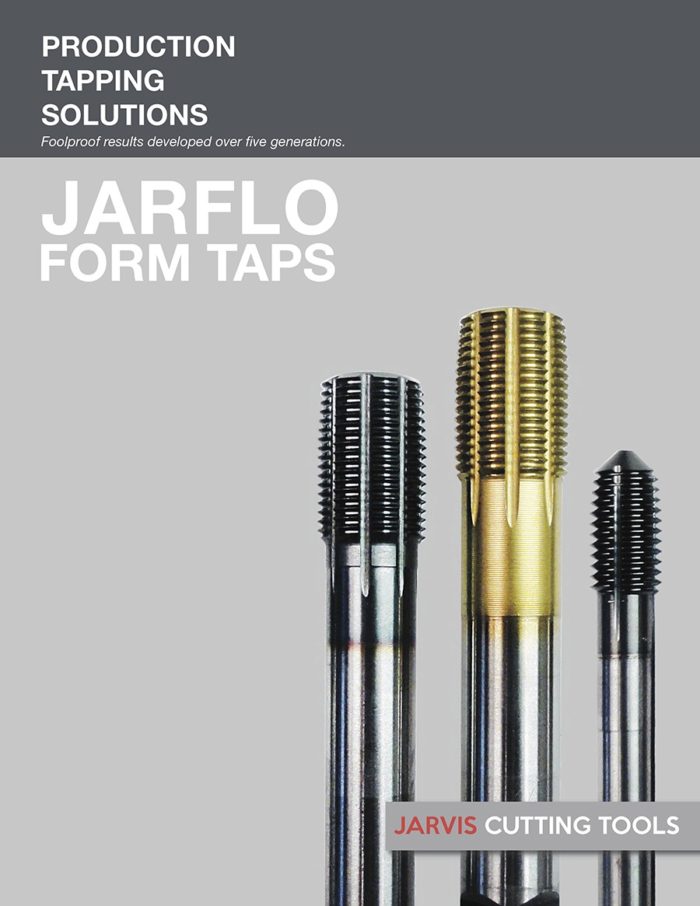
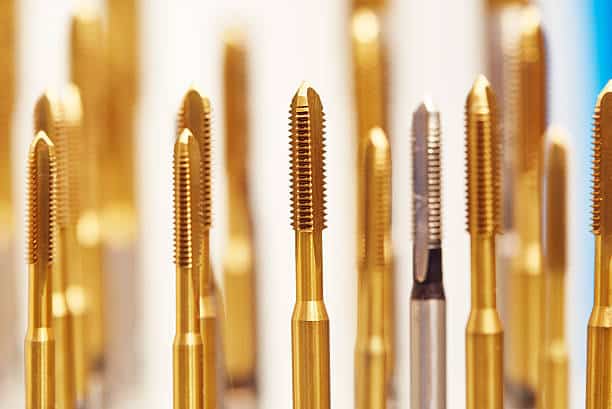
Account for regrind and setup time losses
Cut taps usually require regrinding or replacement more often. That means someone has to stop, pull the tap, reset, and test again.
Think about how long that takes. Add up the downtime. Add up the manpower. That’s money.
Forming taps, in many cases, don’t need regrinding. They wear slower. That means fewer setups, more uptime, and lower total labour cost. Even if the tap costs more upfront, the loss from repeated setups can outweigh the savings.
Include lubrication and coolant savings.
This one gets missed often. Cut taps need more lubrication, especially in harder materials. Some even require high-pressure coolant systems just to keep things running smoothly.
Forming taps run cleaner. They displace material rather than cutting it, so they don’t need as much coolant. That also reduces mist and waste.
Over time, your spending on coolant and lubricant drops. Plus, your coolant system doesn’t work as hard, which extends its life. That’s another hidden cost avoided.
Factor in scrap rate reduction
Cut taps snap. Sometimes with no warning. When they do, they usually destroy the part. That’s scrap.
Scrap means wasted material, wasted machining time, and sometimes lost delivery windows.
Forming taps wear more predictably. You can often spot signs before failure. That means you can plan replacements before things go bad.
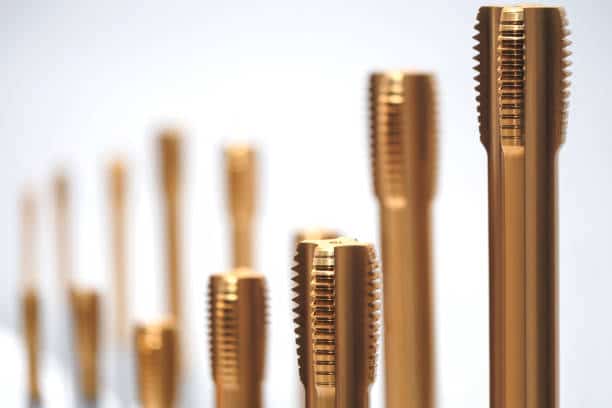
Look at the hole consistency over batch runs.
Cut taps can drift in tolerance as they wear. That means your holes aren’t always the same across a batch. Sometimes that’s fine. But in precision jobs, that means rework.
Forming taps create stronger, more uniform threads. And they maintain that consistency longer.
If your holes don’t need to be touched up later, you’re saving both time and money. Less checking. Less fixing.
Machine load and cycle time shifts
Here’s another place where the cost savings show up indirectly. Forming taps create less resistance while cutting. That reduces spindle load. That reduces wear on your machine.
Less load = longer machine life.
Also, if you’re tapping with less force, cycle time can sometimes be cut down even if it’s just a second per hole, across thousands of parts, that adds up.
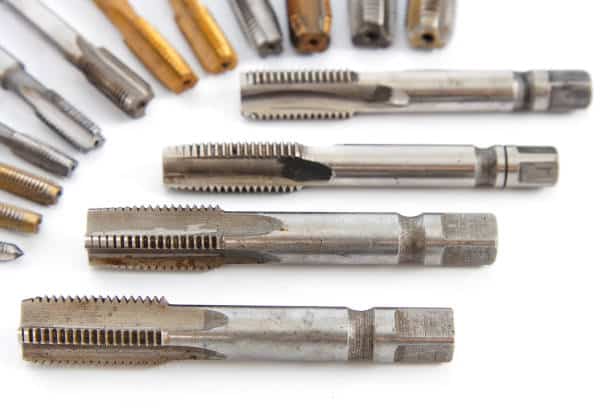
Energy and power consumption trends
Forming taps can reduce power draw. Not always drastically, but enough to be measurable over time.
Suppose you’re running high-volume production, electricity usage matters. Every amp saved is money kept.
Measure power use across similar batch runs. One with cut taps. One with forming taps. The data will speak for itself.
Tool inventory and procurement simplification
Cut taps often come in different variations depending on material, thread style, and depth. That means shops tend to stock a wider range.
Forming taps are more versatile. One tap can sometimes handle multiple materials or specs.
That means fewer tools on the shelf. Smaller orders. Less money tied up in inventory. Simpler tracking for procurement. Fewer mistakes.
Also, a cleaner tool crib. That helps too.
Why do machinists prefer switching from cut taps to form taps?
Machinists prefer switching to form taps because they last longer, provide more consistent threading, and reduce costs associated with downtime, scrap, and setup hours, leading to overall savings.
How do you calculate the cost savings when transitioning from cut taps to form taps?
You calculate the cost savings by dividing the sum of tool price, setup cost, and replacement time by the total number of holes cut for each type of tap and then compare the results, with forming taps often showing a lower cost per hole due to their durability.
What role does regrind and setup time play in the cost analysis of forming versus cut taps?
Regrind and setup times are significant because cut taps frequently need regrinding or replacement, causing downtime and labor costs, whereas forming taps wear slower and require fewer setups, reducing overall costs.
How do lubrication and coolant savings contribute to the benefits of forming taps?
Forming taps generate less heat and displace material rather than cut it, requiring less lubrication and coolant, which lowers material costs, reduces coolant system wear, and minimizes waste and mist.
In what ways do forming taps reduce scrap rates and promote batch consistency?
Forming taps wear more predictably and maintain thread quality longer, reducing scrap, preventing part destruction, and ensuring more uniform hole tolerance throughout batch runs, thus saving time and money.
Evaluate the cost by material type.
Forming taps shine in certain materials like aluminium, copper, and softer steels. In those, they tend to outlast cut taps by a wide margin.
But in harder or abrasive materials, the difference might shrink.
So don’t apply a flat rule. Run trials by material. Track tool life, scrap, and part quality for each. That’s how you build a reliable savings model.
Conclusion
Switching from cut taps to forming taps will give you more control and save time and money in the long run. You won’t always notice it in one job. Or even two. But when you look back across the quarter, you’ll see it. Fewer broken tools. Cleaner parts. Lower scrap. Less stress.
- 1share
- Facebook0
- Pinterest1
- Twitter0


